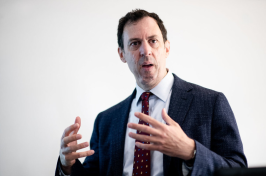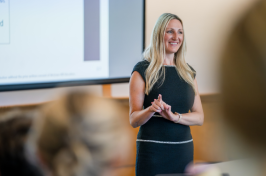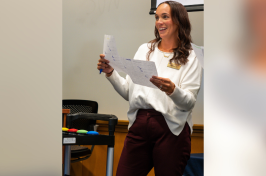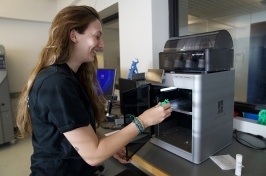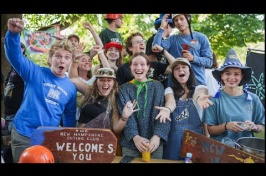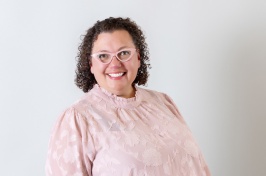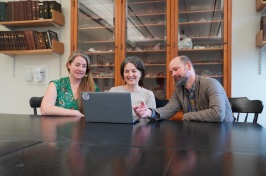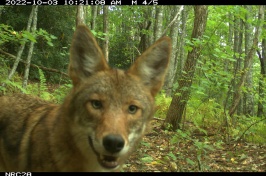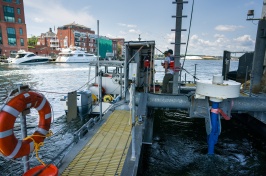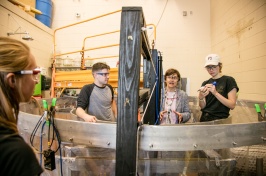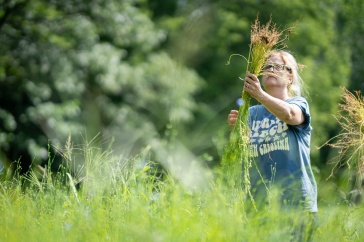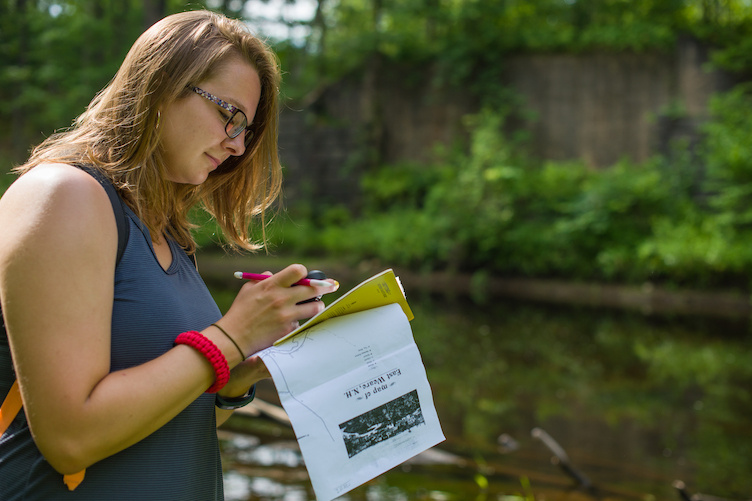
The motto of Weare, New Hampshire, could very well be a subtitle for the research project Riley Boss ’19 has been doing in her hometown. An anthropology major, Boss spent the summer trying to locate and document the existence of buildings in Weare that were destroyed in what is known as the great flood of 1938. The town’s motto? “A Part of Yesterday in Touch with Tomorrow.”
Boss grew up in Weare. Her family goes back generations and generations. Her grandfather, who still lives there, accompanied her out in the field one day as she searched for evidence of the 90-plus properties East Weare lost when a local dam breached 80 years ago after days of torrential rain.
The federal government moved the residents out of the village, and over time, the history of what was there started to be forgotten. While there are records that indicate the foundations from some of the buildings are still underwater, and likely under the land, Boss couldn’t do any actual digging to find out because she doesn’t yet have her degree. But she could try to identify where she thought the structures had been. So she made her own map of the area and ended up finding 33 of the 97 buildings.
“I asked them what they would like to see come out of the project and they said, ‘Just save our stories the best you can,’ and I said I would do the best I could.”
That was during her junior year. Boss presented her findings to Meghan Howey, professor of anthropology, and she encouraged Boss to apply for a 2018 Summer Undergraduate Research Fellowship so she could continue her exploration.
At first, Boss relied on maps created using LIDAR (light detection and ranging), an aerial mapping technology that uses laser light to locate objects. Because she was new to the method and unsure of what she was looking at, she decided she needed to go see for herself, to ground truth, as it is called.
“When I went into the village, I was trying to find a house that was listed on the historical society map that was not at all to scale, and I was getting frustrated because I had no way of knowing if I was in the right place,” Boss says.
That was the trip her grandfather made with her. He looked up and pointed out an old tree, commenting on its age. Boss went back to the historical society map and found the tree.
“That realization that vegetation could tell me a story made me realize I had to change my procedure,” Boss says. “I knew I had to ground truth first and then go to the map.”
She also relied on a series of granite markers a local Boy Scout troop had erected in 1993 to identify buildings in their original locations. Pieces of broken foundations are still in the river. Old streets and walking paths also still exist. Boss found the site of the old toy store and doctor’s office. But so many other settings remain a mystery.
In an effort to preserve the cultural history, Boss talked to elders in Weare who were children, some only 5 and 6 years old, when the flood came. Now in their 80s and 90s, they shared the few memories they had.
“I asked them what they would like to see come out of the project and they said, ‘Just save our stories the best you can,’ and I said I would do the best I could,” Boss says.
Boss is now working on a story map based on those stories and others she unearthed during the 10-week research project. Her plan is to have images of the buildings on one side of the map and the narratives on the other. Once she graduates, and can officially be involved with actual digs, Boss wants to try her hand at it.
“I think I want to be a shovel bum for a while,” she says. “ I definitely know I want to be in the field.” Before then, she will continue her work on the Weare project and identify as many building locations as she can. “I want to give them what they want,” she says of the East Weare elders. “I want to meet their request as best as I can.”
Learn more about research opportunities through the Hamel Center for Undergraduate Research.
-
Written By:
Jody Record ’95 | Communications and Public Affairs | jody.record@unh.edu








